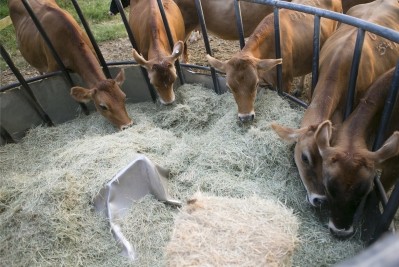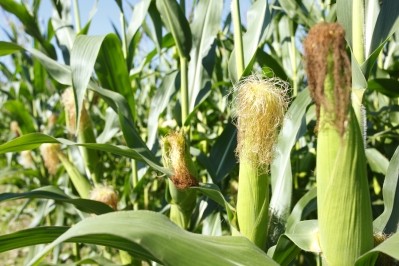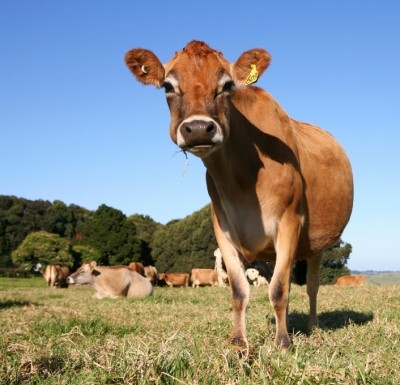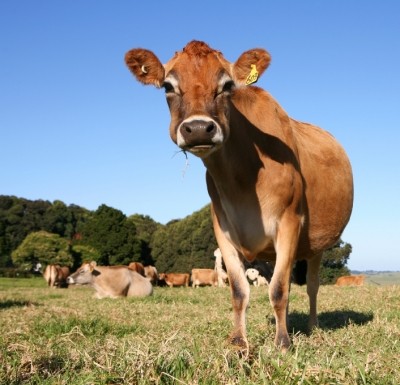‘A number of new insights’: Scientists hail results of new study on alfalfa hay and milk yield
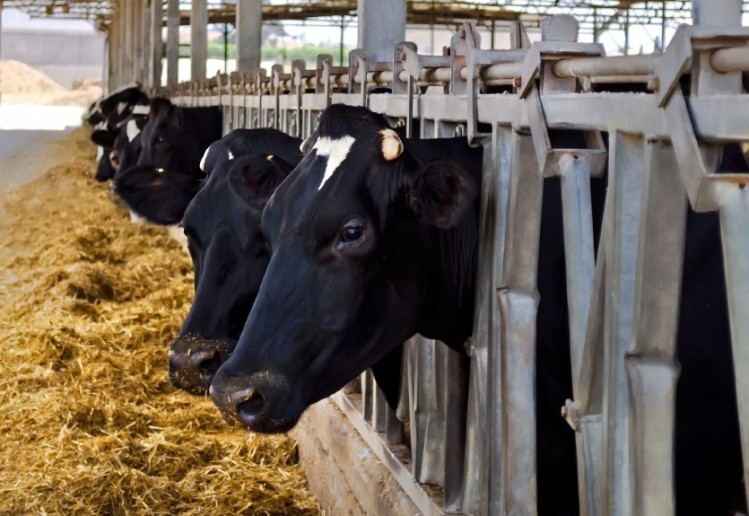
Scientists from Nanjing Agricultural University and the Institute of Dairy Science at Zhejiang University studied the effects of different forage sources, including cornstalk, Leymus chinensis, or alfalfa hay, combined with concentrates on milk yield and gut health in lactating cattle. (Leymus chinensis is middle-quality roughage and described as an important forage in China.)
The study’s findings, which are published in the Journal of the Science of Food and Agriculture, may provide a “basis for designing strategies for the development of a feed diet for the manipulation of ruminal microflora as well as guaranteeing improvement in animal production,” said the researchers.
Among the highlights from the study was the finding that a high proportion of high-quality forage, in this case alfalfa hay in the total mixed ration boosted not only the milk yield, but also improved the health and balance of rumen microbiota in the animals.
“Alfalfa hay had higher organic matter degradation compared with cornstalk and Leymus chinensis,” said the researchers, “[and] therefore the higher milk yield of alfalfa hay-fed cows should be a result of the increased supply of rumen-available energy.”
Study details
The researchers used 15 lactating Holstein dairy cows for their study. The animals were fed isonitrogenous and isocaloric diets with a ration of forage (cornstalk, Leymus chinensis, or alfalfa hay) to concentrate of 45:55 on a dry matter basis.
Genetic sequencing showed that the different forage sources affected the rumen microbiota differently. For example, while the alfalfa hay increased Prevotella and Selenomonas, compared to the cornstalk, the cornstalk increased the proportion of genera Anaerotruncus, Streptomyces, Papillibacter, Thermoactimoyces, and Bacillus compared to the other two forage types.
Additional analysis showed that both Leymus chinensis and alfalfa hay consumption led to increases in propionate concentrations in the gut, compared to the cornstalk.
The researchers also examined the effect of the different diets on biogenic amines – nitrogen-containing compounds that are widely present in various organisms. The most common types said to be tyramine, putrescine, histamine, methylamine and tryptamine.
“Smaller amounts of biogenic amines are usually metabolized in the organism without any impact on its health, but in larger quantities (1.4 g per day) they become harmful to humans and livestock. The source of biogenic amines in the rumen of cattle is related to the diet and, most importantly, to the rumen microbiota, and a diet with highly degradable proteins may produce more biogenic amines,” they explained.
Because alfalfa hay has higher levels of protein compared to the other forage forms, the researchers thought that this would result in higher biogenic amine levels. However, results did not support this and the Leymus chinensis produced higher concentrations of tyramine, putrescine and histamine, compared with the other two forage diets.
“The exact mechanisms and effects of biogenic amines in cows fed the Leymus chinensis diet are not clear; these may be linked with the rumen pH,” said the researchers. “In the current study, although the rumen pH is not statistically different among treatments, the numerically decreased pH for the Leymus chinensis treatment compared with the other treatments agrees with the high biogenic amine (histamine, putrescine and tyramine) and VFA concentrations.”
“In the current study the milk yield was higher for cows fed alfalfa hay than for those fed cornstalk. This can be attributed to the improving supplement of rumen-available energy in cattle fed the alfalfa hay diet.”
Source: Journal of the Science of Food and Agriculture
Published online ahead of print, doi: 10.1002/jsfa.6508
“Effect of dietary forage sources on rumen microbiota, rumen fermentation and biogenic amines in dairy cows”
Authors: R. Zhang, W. Zhu, W. Zhu, J. Liu, S. Mao n
